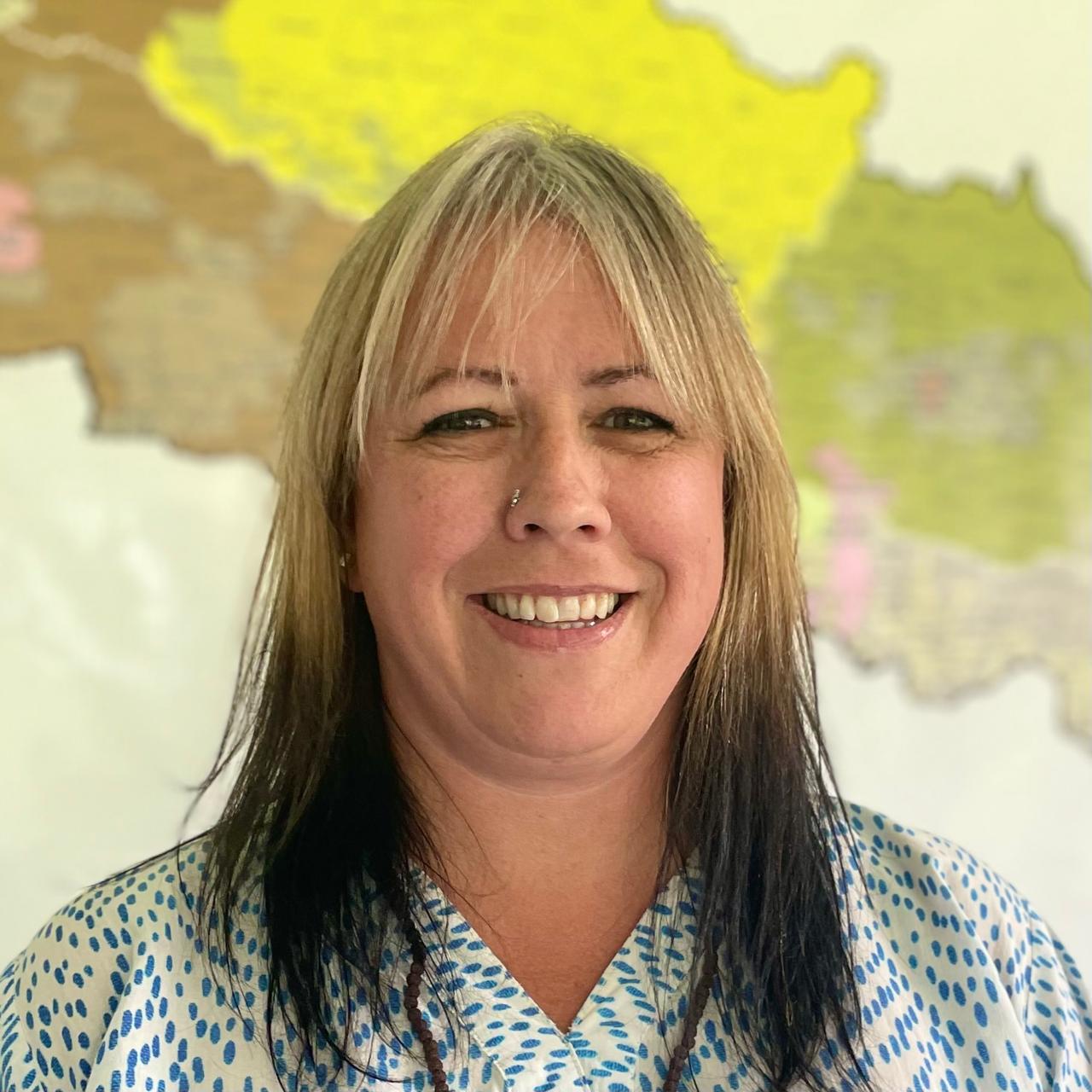Columns
Data for effective development
Despite some positive trends, persistent disparities continue to mar the landscape of progress in Nepal.
Ximena Del Carpio, Pippa Bird & Faris Hadad-Zervos
On February 12, a day awaited by many, the government unveiled key results from the fourth Nepal Living Standards Survey (NLSS IV), a key tool for making policies that improve living conditions and eliminate poverty. For the past 12 years, a period marked by significant changes in Nepal—including a new constitution, natural disasters, and the Covid-19 pandemic—there has been a notable absence of up-to-date data to guide development pathways.
NLSS-IV is the result of a partnership involving the Government of Nepal, the World Bank, and the UK’s Foreign, Commonwealth and Development Office (FCDO). This dataset not only uses new methodologies and institutional procedures to guarantee quality and continuity of data collection but also forms a foundation for informed decision-making to improve the nation's socio-economic conditions.
The NLSS serves a dual purpose: As a megaphone, as it amplifies the voices of Nepalis, and as a flashlight as it sheds light on critical areas for policymaking, development planning, and investing. It's especially important in Nepal's complex landscape, where consistent, representative information is scarce.
The NLSS IV utilised a sampling frame from the latest population census from 2021 that enabled the inclusion of people from even the most remote places. This nationally representative survey uses state-of-the-art data collection techniques, including computer-assisted field interviews and real-time data quality monitoring dashboards. This was done over a year to make sure the information was accurate and accounted for changes with the seasons. These upgrades show how crucial it is to keep improving and updating the ways we collect data, and the statistical system more broadly. This ensures the information is reliable and clear and helps give a voice to people's experiences and needs across the country.
The meticulous approach revealed important findings about progress, ongoing problems, new risks, and big differences in living conditions across different areas. It found significant success in reducing poverty over the last twelve years and noticeable improvements in people’s living conditions throughout Nepal. Using the 2011 poverty line adjusted for today’s prices, a person would need at least Rs42,845 per year to cover basic needs like food and other items. Thanks to better living conditions and higher expectations, the new poverty line has increased by seventy percent to Rs72,908 per person per year.
But despite the improvements in living standards for some, the data highlights persistent challenges and increased vulnerabilities. Nearly 21 percent of Nepalis across the country still live in poverty based on the new poverty line while millions remain one shock away from becoming poor again. In rural Sudurpashchim, more than forty percent of people are poor while in Kathmandu Valley and the rural side of Gandaki progress has been more pronounced, with seven percent and ten percent of people classified as poor, respectively. Also worth noting is that the highest concentration of people living in poverty is in Madhesh, which accounts for nearly one-quarter of all the poor in Nepal.
Nepal has seen considerable advancements in several key areas, notably in enhancing nutritional standards, with a shift towards more balanced diets that now include a variety of fruits and meats. Also, there's been a significant rise in the ownership of productive assets, such as computers and motorbikes. This increase in asset ownership has played a pivotal role in connecting individuals more effectively to markets, thereby boosting their economic activity and potential for generating income.
Despite these positive trends, persistent disparities continue to mar the landscape of progress. Remote areas and certain demographic groups remain entrenched in high poverty rates, underscoring the uneven distribution of these advancements across the population.
On a brighter note, access to public health facilities has seen remarkable improvements, largely due to the significant upgrades in road and transport services over the past decade, making it easier for people to reach medical care centres. However, this silver lining is clouded by pressing issues in the local labour market and the lack of broader economic opportunities available to the Nepali workforce. Alarmingly, over forty percent of wage earners across various sectors find themselves earning incomes so low that they fall into the category of the working poor, highlighting a critical area that demands immediate attention and action.
Moreover, the vulnerability of Nepalis to climate risks and the threat of climatic disasters looms large, with a substantial portion of the population heavily dependent on agriculture that is sensitive to climate change. This dependence is not trivial, as 89 percent rely on such agriculture for their basic subsistence, while 39 percent depend on it for their income. This stark reality places an urgent call for strategies that not only address immediate economic disparities but also consider the long-term sustainability and resilience of Nepal's agricultural sector and its broader economy against the backdrop of climate change.
Initial results already showcase the power of the NLSS to amplify the voices of Nepalis and shine a light on crucial areas for targeted policy intervention and development planning. It represents a key achievement in Nepal's ongoing journey to enhance living standards and eliminate poverty, ensuring a sustainable future. By adding to recent data collections, Nepal lays a strong foundation for making well-informed decisions, including informing the upcoming Five-Year Development Plan.
As the country aims for higher goals amid the complexities of a rapidly changing global landscape, tools like the NLSS become increasingly vital for developing strategies that effectively lift people from poverty and guide them toward a more prosperous future. In this journey, the World Bank, FCDO, and the international community stand as steadfast allies, committed to accelerating Nepal's development progress.




 13.12°C Kathmandu
13.12°C Kathmandu















%20(1).jpg&w=300&height=200)

